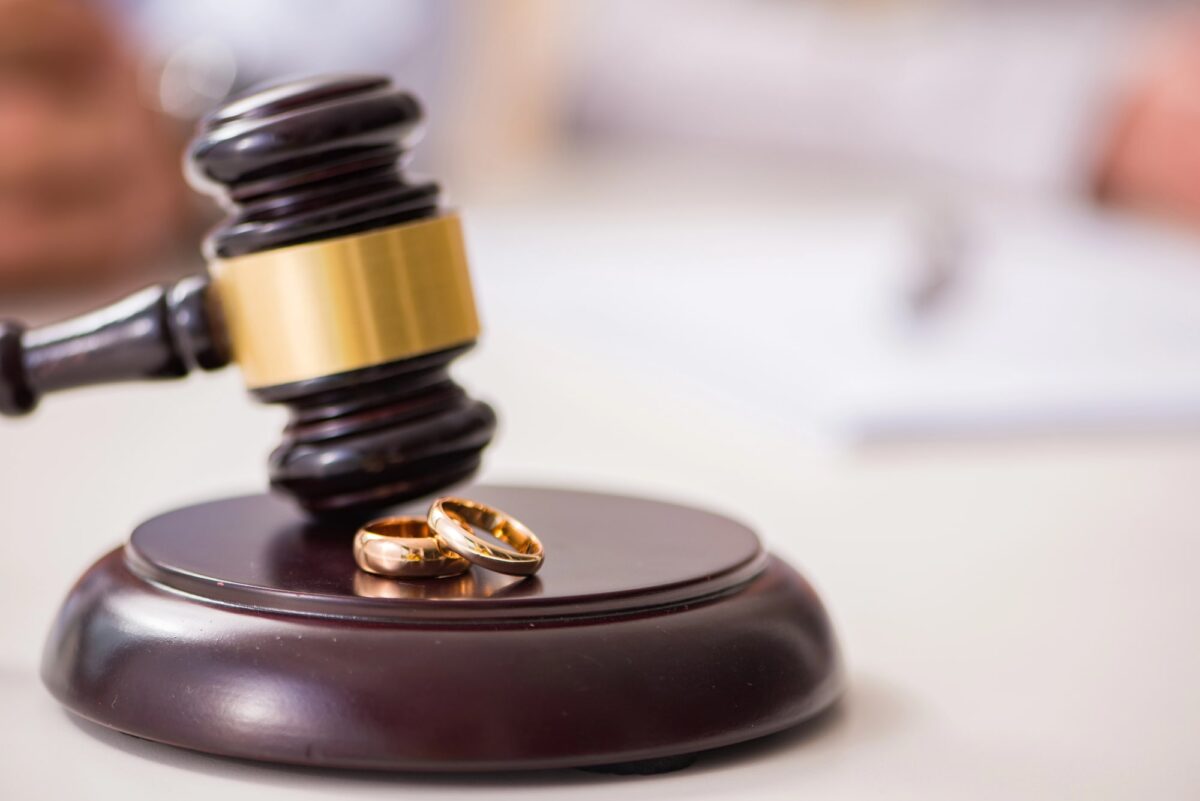Postnup 2.0: Why More Couples Create Postnups
Below, our friends from Vayman & Teitelbaum, P.C. discuss why more and more couples are creating postnups.
Relationships Evolve. So Should Your Legal Agreements.
When you hear the word “postnup,” you might picture a couple on the brink of divorce trying to divide their assets. But that’s far from the whole story. Postnuptial agreements are becoming an innovative planning tool, and not just for couples in crisis.
More and more married couples are choosing to draft postnups while their relationship is strong. Why? Because marriage is a moving target. Financial situations shift. Families blend. Businesses grow. And couples are learning that having a clear plan in writing can protect not just their assets, but also their peace of mind.
Here’s what you need to know about postnups, why they’re gaining popularity, and how they differ from prenups and traditional estate planning.
What Is A Postnuptial Agreement?
A postnuptial agreement (or “postnup”) is a legal contract signed by spouses after they’ve gotten married. It outlines how assets, debts, income, and responsibilities will be handled in the event of divorce, separation, or death.
Postnups can address:
- Division of property
- Spousal support or alimony
- Business ownership stakes
- Retirement accounts
- Inheritance rights
- Debt management
- Responsibilities during the marriage (like who pays what)
Think of it as a financial roadmap, updated to reflect the couple’s current life stage.
How Is A Postnup Different From A Prenup?
The key difference is timing. A prenup is signed before the wedding; a postnup is signed after. But the purpose is similar: to clarify financial rights and expectations.
Postnups may also require a higher level of scrutiny in court. Because spouses have a fiduciary duty to one another, postnups must be entered into voluntarily, with full disclosure and fair terms. That’s why each spouse needs to have independent legal counsel when drafting or reviewing a postnup.
Why Are Postnups On The Rise?
There are several reasons why happily married couples are choosing to create postnuptial agreements:
Second Marriages & Blended Families
Couples who remarry often want to protect their children’s inheritances from previous relationships. A postnup can make sure everyone’s interests are honoured while still building a life together.
Sudden Wealth Or Business Growth
If one spouse receives a large inheritance, sells a business, or experiences a significant financial windfall, a postnuptial agreement (PNA) can clarify how that money will be treated within the marriage.
Career Changes Or Time Off Work
When one partner decides to stay home with the children, reduce their hours, or support the other’s career, a postnuptial agreement (PNA) can address future financial equity and compensate for unpaid contributions.
Debt Protection
If one spouse takes on new business loans or personal debt, the other may want protection from liability—especially in states with community property laws.
Financial Reconciliation
Some couples use postnups after a rough patch, such as infidelity or financial betrayal, as a way to rebuild trust and set clear expectations moving forward.
Postnup Vs. Estate Planning: Why You May Need Both
While estate planning covers what happens after death, postnups focus on what happens in life, including divorce, separation, or shifting priorities.
A solid estate plan might include wills, trusts, powers of attorney, and healthcare directives, but it won’t necessarily protect your business, retirement assets, or separate property during your lifetime. That’s where a postnuptial agreement (postnup) fills in the gaps.
Is A Postnup Right For You?
You don’t need to be in a rocky relationship or heading toward divorce to benefit from a postnup. Many couples say that open conversations about finances and putting agreements in writing help them feel more connected and confident.
If your life looks different now than it did on your wedding day, a postnuptial agreement may be the modern, practical way to protect your partnership and your future. A post or prenup lawyer can answer questions and provide you with legal guidance and advice.










